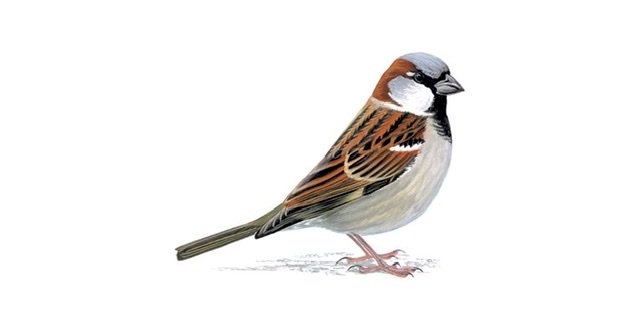House Sparrow “UMAYADI”

House sparrow "Umayadi"
One would never think of this species as of any significance to society, but from the hand-made cages with a wire trip to the wire snares (umjibila) and the sticky "inofi" from the rubber tree, the trapping tricks of these gregarious species that were played by both boys and girls are inarguably one of the best activities that elicited insightful creativity and memories in our childhood ekasi
Generally the main predators of the house sparrow are cats and birds of prey however, the species became our favorite prey; heavily sought after by eager young girls and boys. It did not only give us joy and goose-bumps for a happy hunt, but good relish. To us it was just a bird of non-significance growing up. It was “umabonwa abulawe” because we didn't know that the common species exhibits diversity in its body, size, shape, beak, feet and feather colour which most of us will find astounding.
The house sparrow commonly named in the Matebele region as "Umayadi" is one of the first birds to be given a scientific name in the modern system of biological classification "PASSER Domestica" with the meaning that states its association with human habitation which started 10 thousand years ago They are known to have been introduced in Africa by the Germans as a way of signaling when the enemy was attacking during the world war 2. It is part of the 5 of the sparrow family namely the house, cape, great, southern grey headed and the northern grey headed sparrow all which are closely associated with human habitation except the greater sparrow.
In order to survive in the kingdom an individual needs to find enough food to avoid danger in the form of predators BUT SURVIVAL IS FAR MORE THAN STAYING ALIVE .The bird has an exquisite well developed cryptic coloration which allows it to feed on ground in camouflage, the males being slightly bigger and duller than the females. Monogamy is a common breeding hierarchy in long term or permanent pair bounds in communing nesting which are close to each other. The females are easily identified with their buffish back and bottom while the males have boldly coloured head markings. When we hunted them down we only used the available sadza crumbs to catch them, but "umayadi" is fairly omnivorous, feeding on insects, fruits and seeds. Its simplistic diet allows it to superbly adapt to any environment. The dainty bird generally hops and occasionally walks; amusingly when on air its flight is direct and it flaps in the speed range of 44km/h with 15 wing beats per second.
The common species is increasingly becoming a host to a huge number of parasites which negatively affect us however; it's still one of the few species that gives us a soothing Kasi feel with amazing incessant chirping calls and tweets that allow us to enjoy the morning’s peaceful breeze.
Muso

















